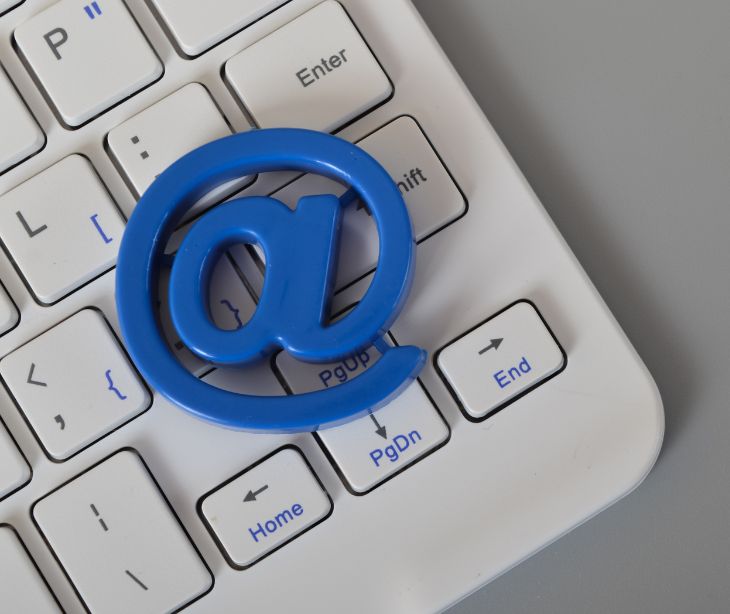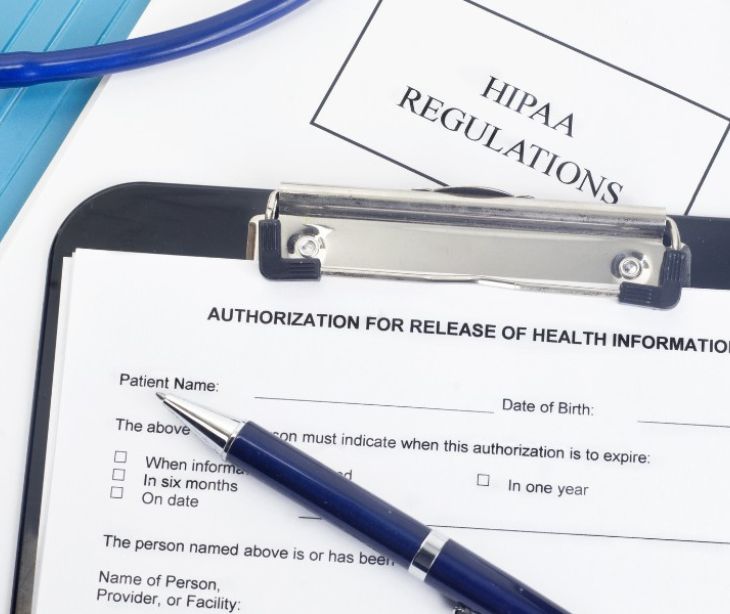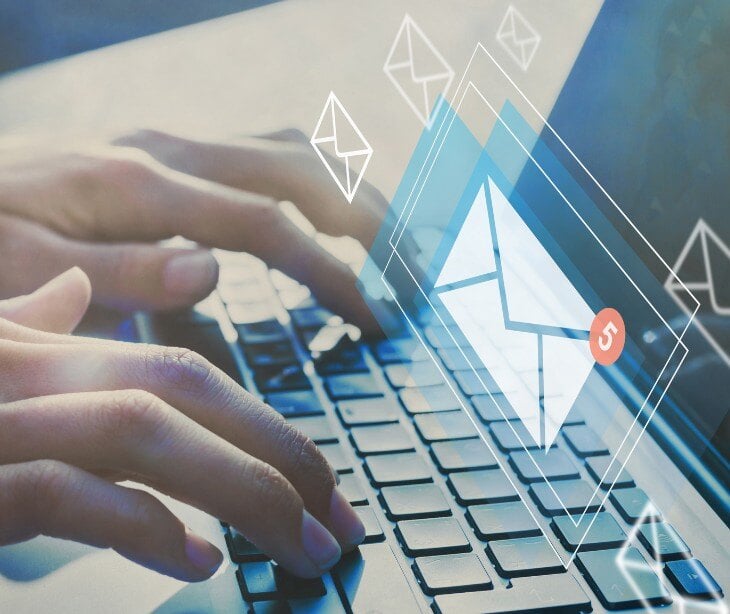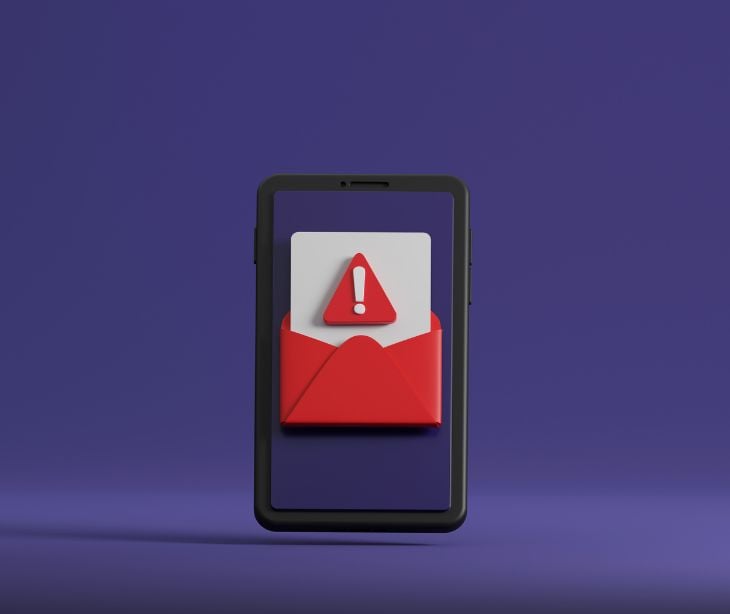
HIPAA sets strict guidelines for protecting patients' protected health information (PHI), including electronic PHI (ePHI). When PHI is inadvertently sent to the wrong email address, whether it's a patient's medical records, test results, or other sensitive data, it constitutes a breach of HIPAA regulations. This breach can lead to severe penalties, including fines and legal action, not to mention damage to the healthcare provider's reputation and loss of patient trust.
Consequences of sending an email containing PHI to the wrong recipient
The accidental disclosure of PHI is likely to be deemed a violation of HIPAA regulations, which impose stringent standards for PHI protection, with unauthorized disclosure being a serious offense. In fact, 95% of cyberattacks are due to human error, including sending emails to the wrong recipient. Here are some consequences that may come with sending PHI to the wrong recipient:
- Violation of HIPAA: The accidental disclosure of PHI is likely to violate HIPAA regulations, which impose stringent standards for PHI protection, with unauthorized disclosure being a serious offense.
- Fines and penalties: Violations of HIPAA can lead to substantial fines and penalties, which may vary based on factors like the severity of the violation, deliberate or accidental, and the organization's steps to address the breach.
- Legal action: Depending on the circumstances and the impact of the disclosure, affected individuals may pursue legal action against the organization or individual responsible for the breach.
- Remediation costs: In addition to fines and legal fees, there may be costs associated with remediation efforts, such as notifying affected individuals, providing credit monitoring services, and implementing measures to prevent future breaches.
- Regulatory scrutiny: Regulatory bodies such as the Office for Civil Rights (OCR) may conduct investigations into the breach, further increasing scrutiny and potential consequences for the organization.
See also: What are the penalties for HIPAA violations?
What to do after the email has been sent
After realizing that an email containing sensitive information has been sent to the wrong recipient, swift and appropriate action is needed to mitigate potential risks and comply with HIPAA regulations. Here's what to do:
- Stop further communication: If you realize the mistake immediately after sending the email, stop further communication related to the email chain. This prevents additional sensitive information from being shared inadvertently.
- Document the incident: Document the details of the email error, including the contents of the email, the intended recipient, the unintended recipient(s), and the time the email was sent. Detailed documentation will be valuable for conducting an investigation and reporting the incident accurately.
- Contact the IT and security teams: Notify your organization's IT and security teams immediately. They can assess the situation, determine the extent of the breach, and take necessary steps to secure any exposed information. They may also be able to retrieve or delete the email from the unintended recipient's inbox if it's feasible and permitted.
- Assess the risk: Assess the risk of the sensitive information being shared by considering what type of information it is, who received it by mistake, and if any security measures like encryption were used. This risk assessment will inform the appropriate response actions.
- Notify the compliance officer: Inform your organization's HIPAA compliance officer or privacy officer about the incident. They will help ensure proper procedures are followed, including compliance with HIPAA breach notification requirements.
- Notify the patient: If the email contains PHI belonging to a patient, HIPAA requires that the affected individual be notified of the breach.
- Report the incident: Depending on the severity and scope of the breach, you may need to report the incident to the U.S. Department of Health and Human Services' Office for Civil Rights (OCR). HIPAA mandates reporting breaches affecting 500 or more individuals within 60 days and maintaining a log of smaller breaches for internal monitoring.
- Implement corrective actions: Identify and implement corrective actions to prevent similar incidents from occurring. This may involve revising policies and procedures, enhancing staff training and education, improving email security measures, or implementing additional safeguards for handling sensitive information.
- Provide support and resources: Offer support and resources to affected individuals, including patients and staff members. This may include counseling services, identity theft protection, or additional training on data security practices.
- Conduct a post-incident review: After the immediate response is complete, conduct a thorough review of the incident to identify root causes, lessons learned, and opportunities for improvement. Use this information to strengthen policies, procedures, and training programs to prevent similar incidents in the future.
How to send a HIPAA compliant email
Secure patient information in transit and at rest
To ensure HIPAA compliance when sending email, use secure email solutions that encrypt messages and attachments in transit and at rest. Solutions such as Paubox Email Suite provide seamless encryption, ensuring only the intended recipient can access the email content.
Enter into a business associate agreement (BAA)
When using a third-party email service, covered entities must enter into a BAA to ensure HIPAA compliance.
Set up policies and procedures
To restrict access solely to authorized persons, covered entities must establish policies on the availability, retention, and dissemination of PHI.
Train your staff on secure email best practices
Training staff can help prevent accidental or intentional violations of HIPAA regulations when sharing PHI through email.
Go deeper:
How to prevent sending PHI to the wrong email address
To prevent sending PHI to the wrong email address, healthcare organizations, and individuals should implement the following measures:
- Double-check recipient information: Before sending any emails containing PHI, carefully review the recipient's email address to ensure accuracy.
- Use encryption: Encryption helps safeguard data from unauthorized access, reducing the risk of exposure if the email is sent to the wrong recipient.
- Implement access controls: Only authorized personnel should have access to PHI, reducing the likelihood of accidental disclosure.
- Secure email platforms: Use secure email platforms or HIPAA-compliant email services that offer additional safeguards for protecting PHI, such as message encryption, audit trails, and data loss prevention features
Related:
Does encryption work if an email is sent to the incorrect email address?
Yes, encryption can still protect sensitive information even if an email is sent to the incorrect email address. When an email is encrypted, the contents of the message are scrambled into a format that is unreadable without the appropriate decryption key. This means that even if the email is intercepted or received by an unintended recipient, they cannot access the encrypted information without the decryption key.
However, it's important to note that while encryption can safeguard the content of the email itself, it does not prevent the email from being sent to the wrong address in the first place. To address this concern, additional measures such as recipient verification, double-checking email addresses, and user training are essential to minimize the risk of sending sensitive information to incorrect recipients.
See also:
What is encryption?
Encryption is a method of converting information or data into a secret code to prevent unauthorized access. It enhances the security and privacy of digital communications, sensitive information, and stored data. Encryption serves several important purposes, including:
- Confidentiality: Encryption ensures that only authorized parties with the correct decryption key can access and understand the encrypted data. This helps protect sensitive information from unauthorized disclosure or interception by malicious actors.
- Integrity: Encryption can also help maintain data integrity by detecting any unauthorized modifications or tampering attempts. By encrypting data, any alterations to the ciphertext will render it unreadable or invalid when decrypted, alerting users to potential security breaches.
- Authentication: Encryption techniques can be used in conjunction with digital signatures and certificates to verify the authenticity of digital communications and ensure that the sender is who they claim to be. This helps prevent impersonation or spoofing attacks.
- Data security: Encryption is a crucial component of overall data security strategies, helping organizations comply with regulatory requirements, protect sensitive information, and mitigate the risks of data breaches and unauthorized access.
Go deeper: What types of encryption methods encrypt email attachments?
How Paubox prevents sending an email to the wrong address
Paubox helps prevent the sending of PHI to the wrong email address through various features and functionalities, including:
Recipient verification
Paubox includes recipient verification features that prompt users to confirm the intended recipient's identity before sending encrypted emails. This helps reduce the likelihood of human error and ensures that sensitive information is only sent to authorized individuals.
Address book integration
Paubox integrates with address books or contact lists to provide auto-suggestions for email addresses, reducing the risk of typing errors and sending emails to incorrect recipients.
Encrypted email workflow
Paubox streamlines the encrypted email workflow, making it easy for users to send secure messages directly from their existing email clients (e.g., Gmail, Outlook) without using separate encryption tools or platforms. This reduces the likelihood of users resorting to unsecured methods of communication due to convenience.
Audit trails
Paubox maintains detailed audit trails and logs of email activities, including sent messages, deliveries, and accesses. These audit trails enable administrators to track email interactions and investigate any potential incidents of sending PHI to the wrong email address.
Address book integration
Paubox provides resources, training materials, and support to help users understand best practices for securely handling PHI and avoiding email-related errors. Paubox helps mitigate the risk of sending sensitive information to the wrong recipients by promoting user awareness and adherence to security protocols.
Related: New Customer FAQ
FAQs
Is sending PHI via email a HIPAA violation?
Sending PHI via email is not inherently a HIPAA violation. However, whether sending PHI via email violates HIPAA depends on various factors, including the security measures in place, the circumstances surrounding the transmission, and compliance with HIPAA's Privacy and Security Rules.
What should you do when sharing ePHI in an email?
Emails that contain a patient's ePHI require protection under HIPAA compliance. To ensure the email adheres to the set standards, it needs to be encrypted. The file should be encrypted accordingly if the PHI is sent as an attachment.
Can PHI be texted?
Although HIPAA does not mention texting specifically, its rules encompass all electronic communication channels - including text messaging. Proper safety protocols can render texting compliant with HIPAA regulations when safeguarding PHI.
Go deeper: Is texting a HIPAA violation?
Subscribe to Paubox Weekly
Every Friday we'll bring you the most important news from Paubox. Our aim is to make you smarter, faster.



